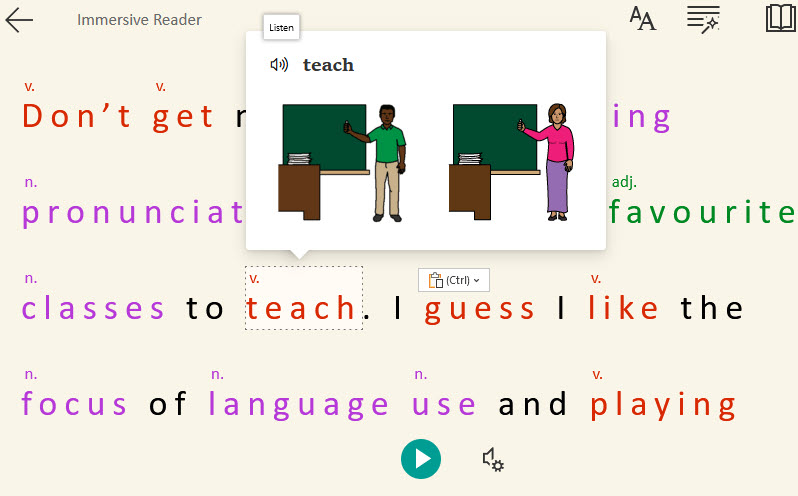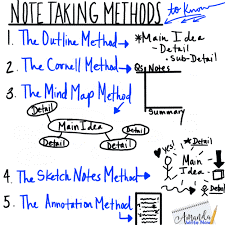As a person and as a language instructor, I hear the words ‘small talk’ and I shudder. However, I have learned – after teaching online for nearly three years now – not to underestimate the opportunities and utility of focusing specifically on Small Talk in class. Focusing on Small Talk has always been successful. When surveyed, learners consistently report that they want more Small Talk rather than less.
I started teaching virtually with a fairly small class (CLB 7) who really responded to Small Talk. For one thing, I found the class needed to deal with mental health issues – near the beginning of COVID – and needed to feel as social as possible in a virtual environment. That’s when I started to develop Small Talk as an integral activity. Most recently, I had a much larger class that also responded very well to the Small Talk activities. This activity is not a one-off lesson but rather focuses on best practices, routine, feedback, and refinement.
Continue reading









